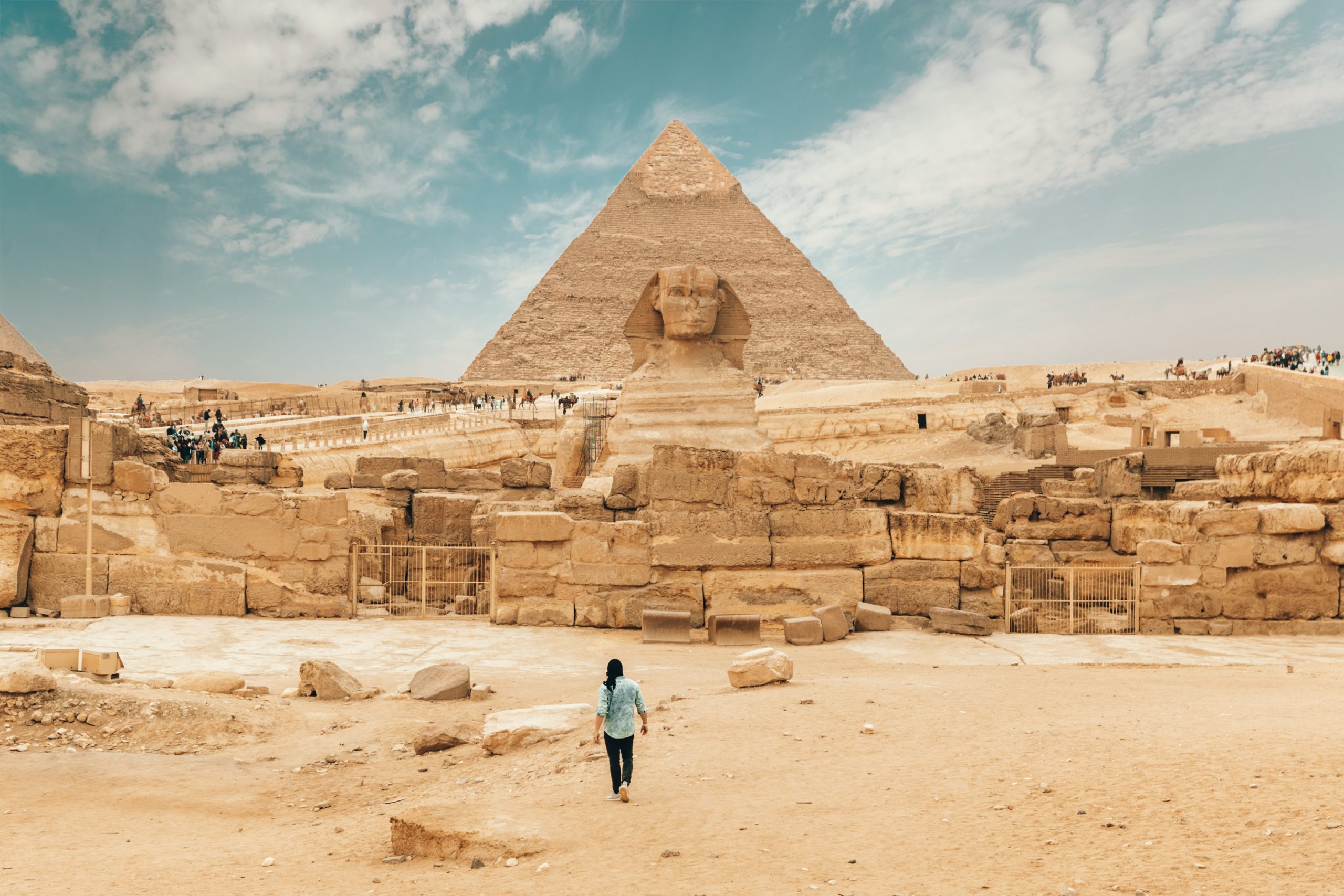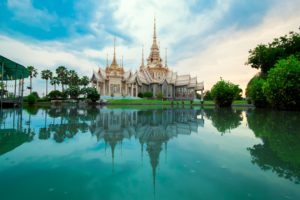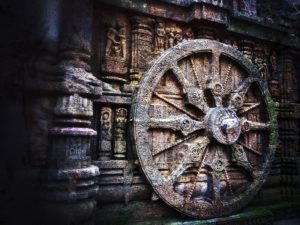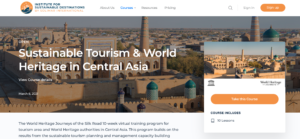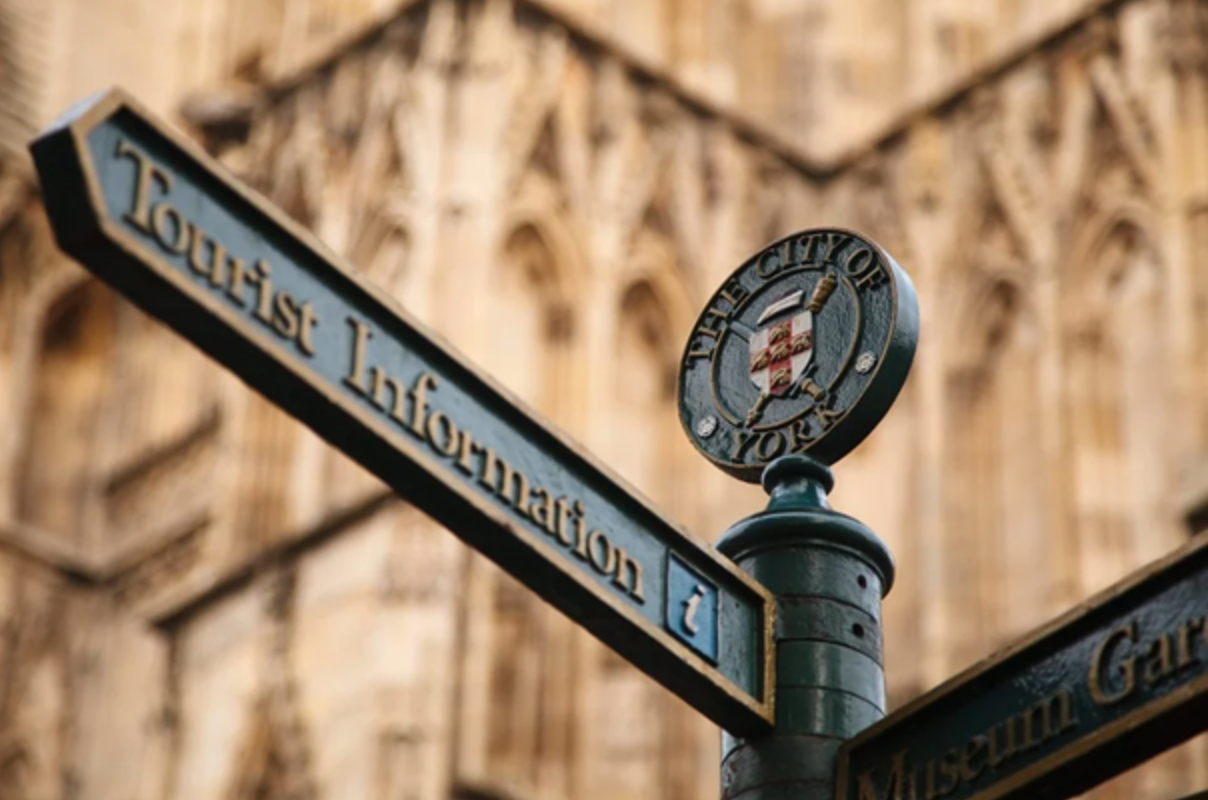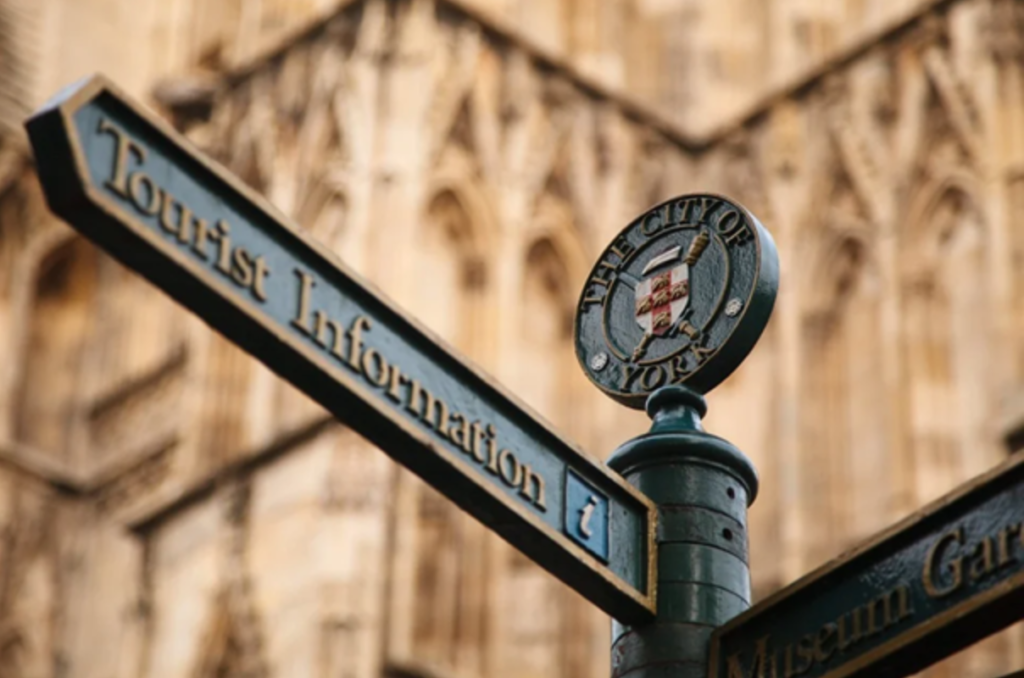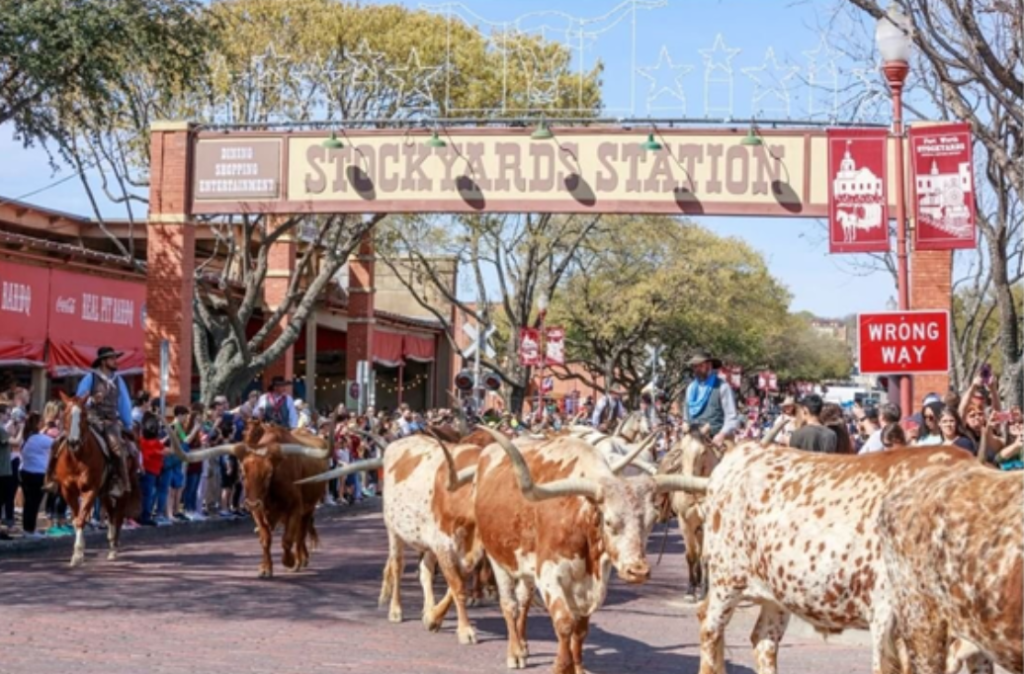August 9th is South Africa’s Women’s Day
Did you know that August 9th is South Africa’s Women’s Day? This special occasion honors the 1956 march that united more than 20,000 women in Pretoria asking for the end of the Pass Laws Act of 1952. These Pass Laws made it mandatory for all black South Africans over the age of 16 to carry a pass book with their biometric data (known as a dompas) everywhere and at all times. This law was designed to control the movement of black South Africans under apartheid as you could not move to a new area of the country without prior approval from the government. Those who violated the pass laws lived under constant threat of fines, harassment, deportation, and arrest.
South Africa’s National Women’s Day was celebrated for the first time on August 9, 1995 to remember the powerful women who fought against this injustice and the motto “You strike a women, you strike a rock” that developed from the resistance. South African women observe it now to commemorate the role women played in ending apartheid, while recognizing that the fight against injustice for women is not over.
Why Does It Matter to Have Women in Tourism?
At Solimar, we strongly believe in tourism as a way to help the world attain the United Nations Sustainable Development Goals or SDGs (gender equality is SDG #5). Women are an important part of the tourism and hospitality industry accounting for 54% of people employed by tourism worldwide in 2019. Therefore, creating equal opportunities and supporting women’s livelihoods plays a large role in the fight for true gender equality. When done correctly, tourism is a source of fair employment, fosters entrepreneurship among women, and inspires leadership in young girls. To honor stories of powerful women across Africa, this blog highlights historic attractions focused on African women. These sites demonstrate how tourism can play a role in empowering women and preserving their legacies.

5 historical sites to remember African women’s fights for equality
-
The Union Buildings in Pretoria, South Africa.
This is the most symbolic site for South African Women’s Day. On August 9th, 1956, this is the spot where 20,000 women banded together to protest the Pass Laws Act of 1952 and left a strong legacy protesting both gender and racial inequality. The Women’s March filled the entire amphitheater of the Union Buildings, the official seat of the South African Government and offices of the President of South Africa, as well as the place where President Nelson Mandela’s inauguration took place in 1994. With such powerful, iconic meaning and history, the Union Buildings and their gardens have also become a national heritage site and a popular tourism attraction that offers a stunning view of symbolic Pretoria. If you ever have the chance to visit the exteriors, you will not only admire the many statues – including Nelson Mandela’s – but also the memorial created by Wilma Cruise and Marcus Holmes to the Women’s March, reminding everyone that “Wathint’ Abafazi, wathint’ imbokodo!” – “Strike a woman, strike a rock!”
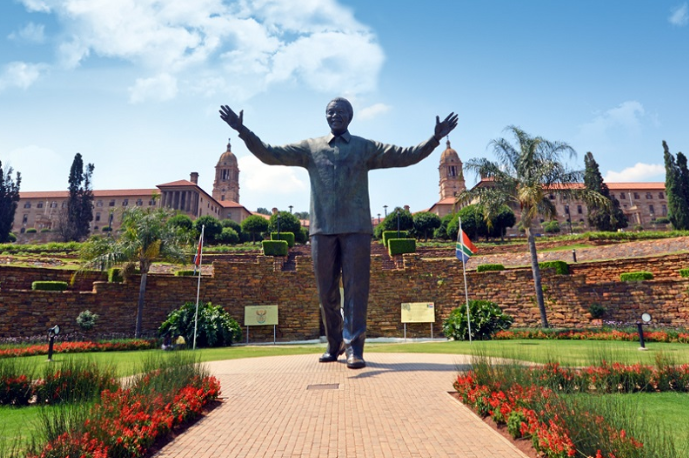
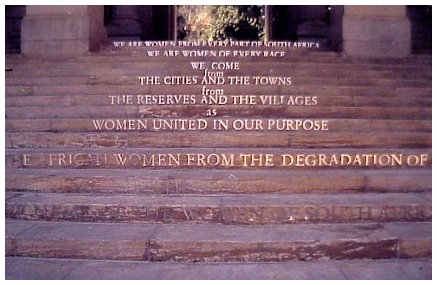
2. Women’s Living Heritage Monument in Pretoria, South Africa
In 2016, a monument was erected for the remembrance of the four heroic women who led the protest at the Union Buildings. Lillian Ngoyi, Sophia Williams-de-Bruyn, Helen Joseph and Rahima Moosa, the great leaders of the Women’s March, had the pleasure to attend the inauguration of their own statues on August 9, 2016 in Pretoria. Check out this article to know more about this Women’s Living Heritage Monument.
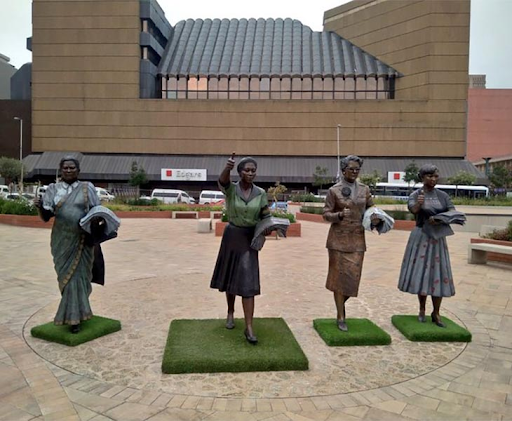
Source : International Women’s Day 2021
3. Women’s History Museum in Zambia
In Lusaka, the capital of Zambia, the Women’s History Museum was established recently to bring together and preserve African indigenous knowledge, with a particular focus on women. It aims at documenting and safeguarding historical narratives of African women, especially for the rich amount of knowledge and intangible heritage that is in danger of disappearing due to the impact of British colonialism. In addition to collecting and exhibiting traditional quits, audio recordings and photographs, the Women’s History Museum created the Leading Ladies animated video series to tell the histories of prominent Zambian women in pre-colonial times and make their stories more accessible.
4. Musée de la Femme in Marrakesh, Morocco
Heading to North Africa in the old Medina of Marrakesh is another women’s museum that represents the great culture and heritage of women. Since 2018, the Moroccan Musée de la Femme hosts different exhibitions to showcase the important contributions of women in the North African country. The museum also offers space to talented women – from photographers to artisans or leaders – bringing them out of the shadows and giving them the spotlight to be more widely recognized.

Source: Musée de la Femme in Morocco (Atlas Obscura)
5. Voices of Women at the Phansi Museum in Durban, South Africa
Another project emerged in South Africa this year – ‘Amazwi Abesifazane – Voices of Women’ – a museum dedicated to the artwork of local women. Creator Andries Botha’s goal is to protect and conserve 3,000 unique archives (including embroidered cloths, memories and stories) to remember the fascinating lives of South African women. As a living museum, these exhibits provide sound excerpts in indigenous and English languages for each piece of art, thus offering a voice to these often unheard women. The Phansi Museum displays some of the greatest collections of arts and crafts from the country. This site is a meaningful portrail of South Africa’s Women’s Day.
Conclusion
At Solimar, we are committed to fostering inclusion and it is important for us to position ourselves as allies in the fight for women’s rights. Creating opportunities for women to succeed in the tourism industry must be a priority in sustainable development. From the DMOs to the tourists, everyone in the industry can take part and choose to make tourism more responsible and inclusive of all genders, races, and sexual orientations.
